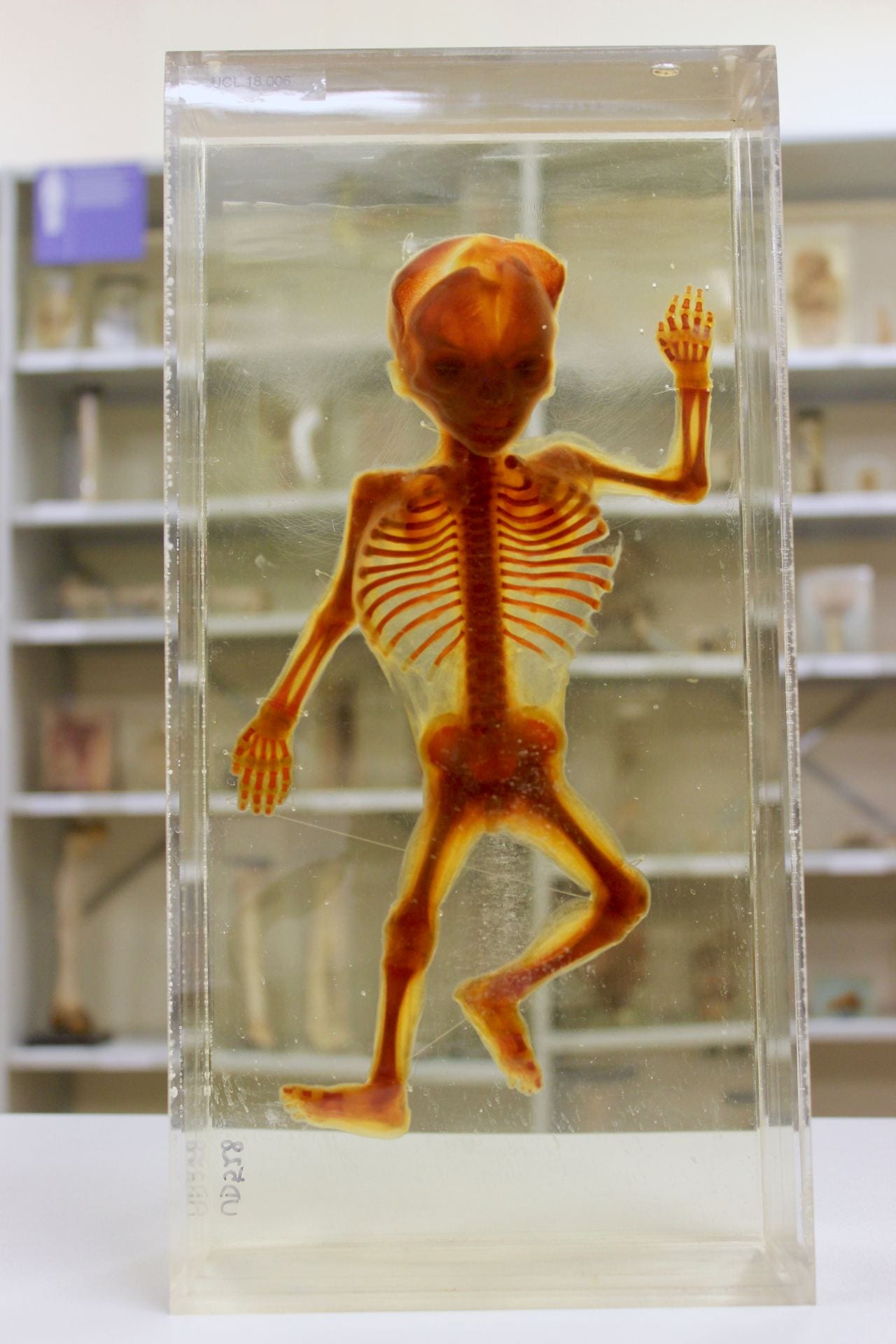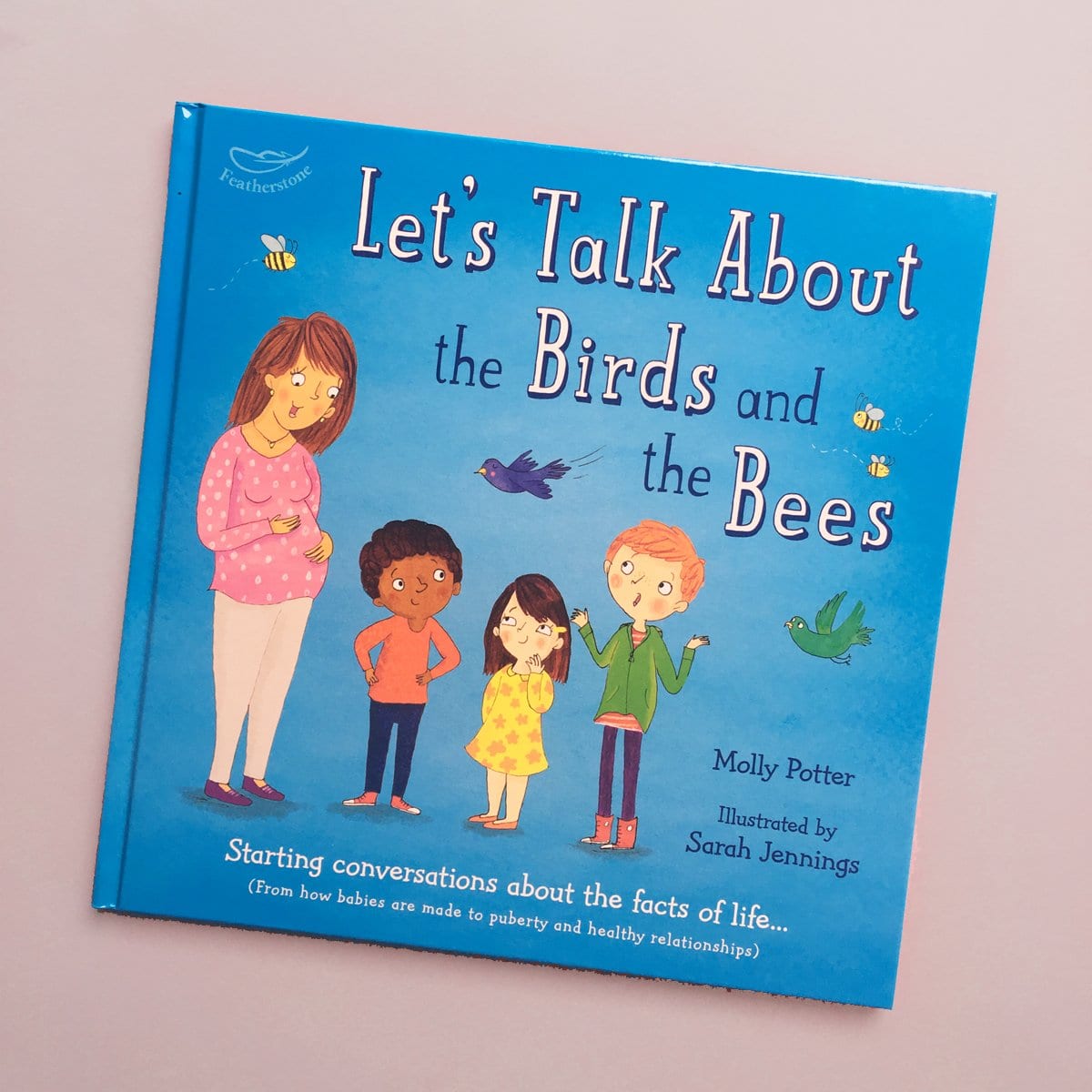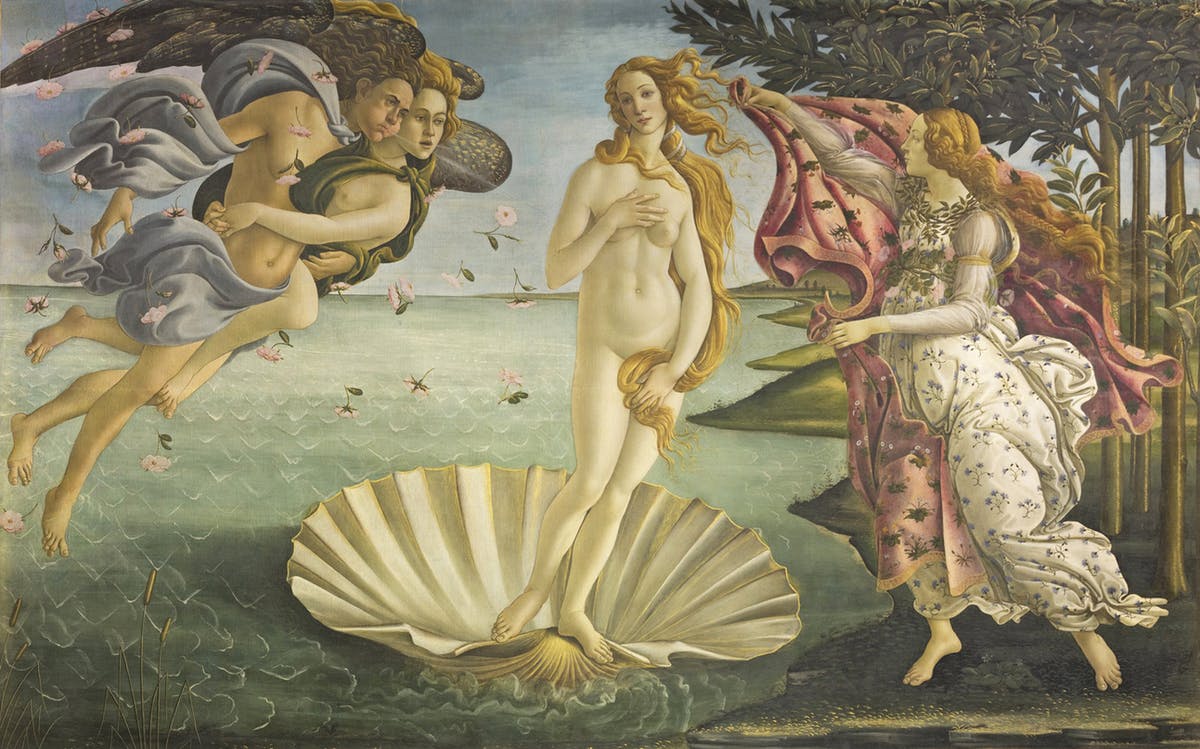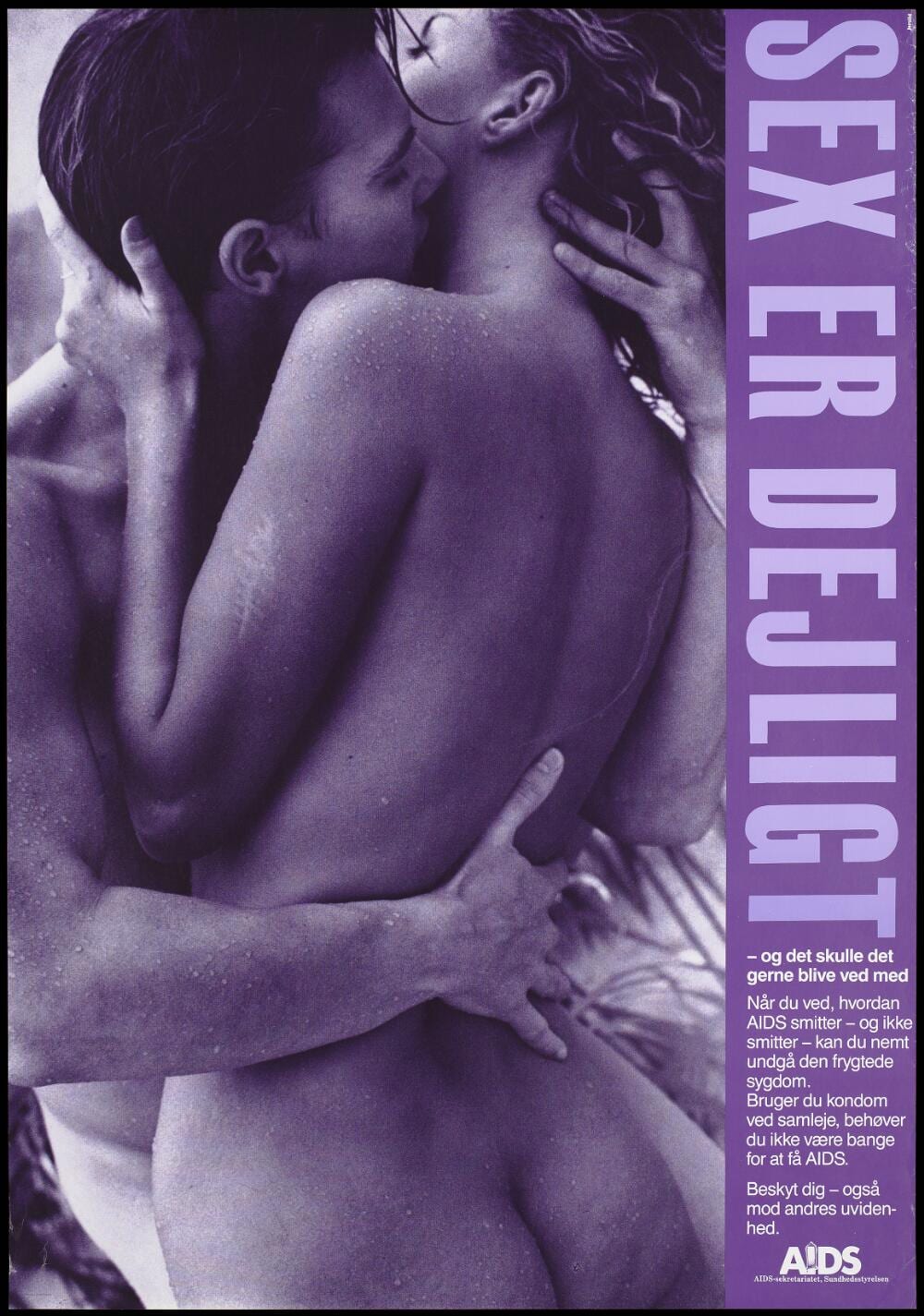[Last modified: March, 25 2019 03:17 PM]
Sex. A simple three-letter word. It has the power to excite, amuse, terrify or maybe just incite curiosity. It also happens to be step one in human reproduction. Biological reproduction is the process by which individual organisms are produced by their ‘parents’. How humans come into existence has been studied, represented and explained differently across cultural and historical contexts. The objects in this display represent the diverse manner in which human reproduction is explored and explained in society, along with the associated taboos, political conundrums, and ethical considerations.
Start by listening to this playlist inspired by the topic of human reproduction.
Science: Research, Development and Darwin

Name: Alizarin-Stained Fetus
Origins: n.d. Royal Free Hospital, London, U.K.
Collection: “Case Histories”; UCL Pathology
Object ID: UCL.18.006
Description: 36-week old male human fetus preserved in Kaiserling solution. Alizarin-staining has been used to articulate its skeletal structure, which causes the red coloration. As part of UCL’s Pathology Collection, the fetus is primarily used to educate medical students and public visitors on fetal anatomy and development. The origins of this specimen are unknown, but it was most likely obtained from its mother using a cesarean section after she suffered a miscarriage.
Ethical Reflections: The human fetus display requires careful consideration as there is limited information as to how it was obtained and it is unclear whether the mother gave her consent – consent within pathological studies is crucial to avoid poor ethical treatment and medical malpractice. Visitors may react differently to seeing human remains. Some might experience emotional or physical discomfort, or have religious or cultural beliefs objecting to human body parts being displayed publicly. Please contact our Visitor Experience Team if you have any concerns or questions about this object.
Anatomical models and specimen, such as this fetus, are useful for educational and research purposes. They enhance our understanding of human development and help specialists develop appropriate surgical and diagnostic techniques. The scientific study of human reproduction involves everything from hormonal cycles, sexual intercourse and embryological development. On a wider scale, human reproduction is studied in relation to Darwin’s theory of evolution, which describes how we have gradually changed over millennia via natural selection. This can become problematic when proponents of eugenics use scientific theories to justify racist ideologies, suggesting that some races are more evolved than others. Reproductive science is nonetheless a fast developing field, with widespread applications for public health. For instance, new technologies such as ultrasounds and genetic testing give us insight into how we are conceived and develop, facilitating treatment of genetic diseases and creating opportunities for people to become parents via in-vitro fertilisation.
The Home: Family, Children and Education
Name: Let’s Talk About the Birds and the Bees
Author: Molly Potter, illustrated by Sarah Jennings
Publication: 2017. London: Featherstone Education.
ISBN: 9781472946416
Physical Description:48 pages, colour illustrations 26 cm
Collection: Social Welfare, British Library, UK
Object ID: General Reference Collection LC.31.a.21581
Description: This picture book uses euphemisms, clear language, and brightly coloured illustrations to educate young children about sex, puberty, and answers the key question; ‘How are babies made?’. It also equips parents and carers with tips and tricks of how to initiate, and lead, these discussions.

Having ‘The Talk’ with your parents or children can be awkward and scary for both parties. Euphemisms, such as the ‘Stork’ are often used to soften these discussions. As a parent, it can be difficult to figure out the correct timing and method to explain sexual activity and reproductive health. There is also growing pressure to accurately communicate delicate topics such as safe sex and consent. In 2015, UNESCO called for governments, parents, and schools to provide quality sex education, to empower children and adolescents and respect human rights and gender equality.
The whens and hows of sex education vary immensely across the world. The Dutch are famous for their liberal approaches, making sex education mandatory in school from kindergarten (aged 5). In the UK, sex education has only been a compulsory part of the Personal, Social, Health and Economic programme since 2017. How sexual reproduction is discussed might vary among homes, schools, and countries – and it might be uncomfortable – but it is a fundamental aspect of preventing sexually transmitted diseases, unplanned pregnancies and gender-based violence.
Watch this video to see how parents choose to explain sex to their kids!
History: Mythology and Creationism

Name: The Birth of Venus (Nascita di Venere)
Artist: Sandro Botticelli (Firenze 1445-1510)
Created: 1484-1486 (Italy)
Physical Description: Tempera on canvas; 1.72 m x 2.78 m
Location: Room 10-14,Uffizi Gallery, Florence, Italy.
Object ID: Inv. 1890 no. 878
This painting depicts the birth of the Roman Goddess Venus. As the story goes, she emerged from the sea in a shell, fully grown and nude. On the left are the Zephyr, God of Wind, and Aura, Goddess of lighter breezes. On the right is one of the Horae, a minor goddess of time and spring, holding a garment to cover Venus as she arrives ashore. Not only does this painting view human reproduction through a mythological lens, it also explores the connections between romantic love and human reproduction, Venus being the goddess of love.
Thinking about human reproduction inevitably leads to questions about how human life began in the first place. Existential origins questions are often addressed using mythology or religion. This was especially apparent during the Renaissance, when there was a resurgence of Greek and Classical ideas. This period, literally meaning rebirth, explored human connections to religion and the role of God in reproduction and creationism. Answers to these complex questions will likely never be completely agreed on across society as a whole.
The Adult World: Erotica, Sex Taboos and Risks
Name: AIDS prevention advertisement.
Created: 1995 (Denmark)
Author: Freddy Pederson
Publication: AIDS-sekretariatet, Sundhedsstyrelsen
Physical Description: 1 print: lithograph, printed in purple, black and white; sheet 85.8 x 59.9 cm
Collection: Closed stores Iconographic, Wellcome Library, U.K.
Object ID: Wellcome Library no. 676518i
Description: The Freddy Pederson Jersild advertising agency was commissioned by the AIDS-Sekretariatet (Aids Secretary) to create this awareness and prevention poster. It depicts a heterosexual couple with the following text:
Sex is beautiful, And it should continue to be so.
When you know how AIDS infects, you can easily avoid the fearful symptoms.
If you use a condom during intercourse, you do not have to be afraid of getting AIDS.
Protect yourself against AIDS and general ignorance.

The original function of sex is biological reproduction but, due to its intimate nature and pleasurable rewards, sex often becomes caught up in societal entertainment. Pornography, BDSM, role playing and fetishes have all given sex a cultural place in the adult world. Yet sex-shopping centres and strip clubs are kept in the shadows and seen as taboo, which means illegal activities such as sex-trafficking often occur in this realm. The poster in this display originates in the 1990s, when social anxiety surrounding the AIDS epidemic was at its peak. Public health campaigns at this time focused on safe-sex, with frequent distribution of material promoting the use of contraception, consent and STI testing. These are just a few examples of the many taboos associated with sex, all of which ultimately make it a moral act as well as a biological one.
We recommend visiting the Museum of Sex in NYC, which has several exhibitions on the role of sex and erotica in society.